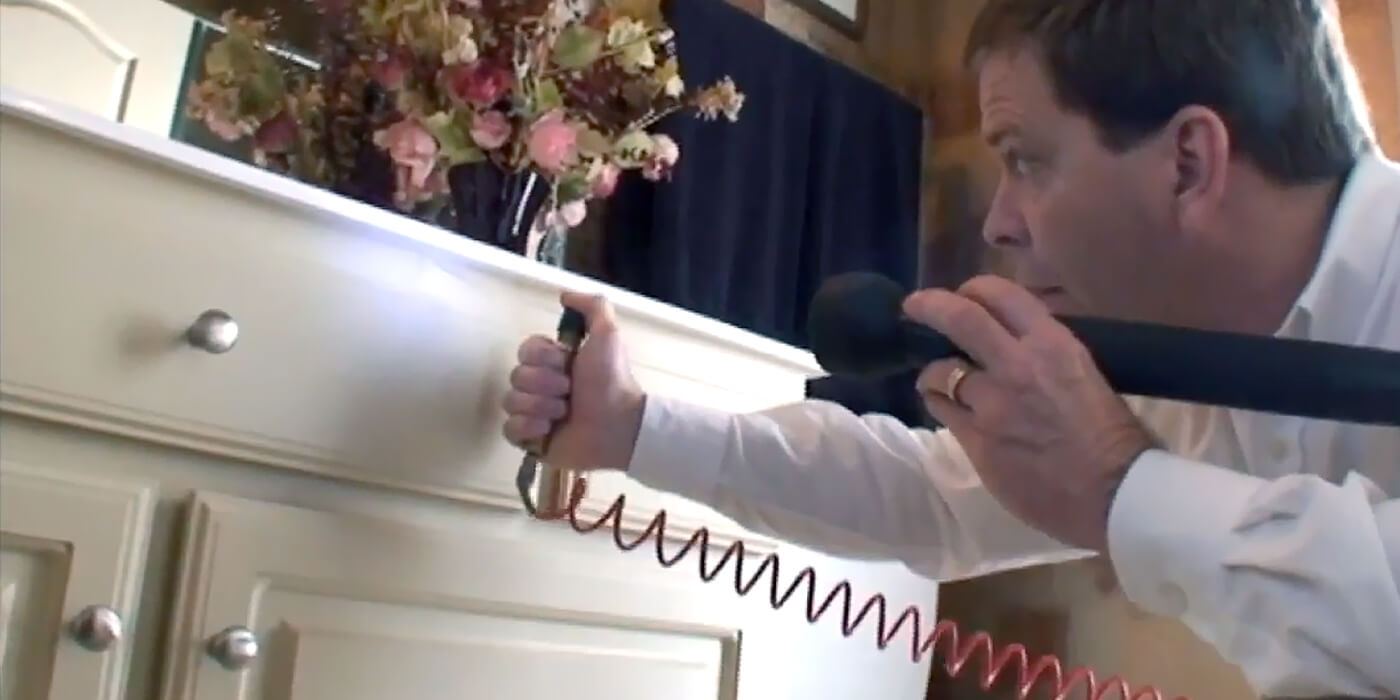Understanding the Art of Insect Control: Proven Techniques for Long-Term Prevention and Obliteration
Parasite invasions can be a consistent challenge for homeowners and businesses alike, needing a tactical approach to efficiently take care of and eliminate these unwanted burglars. By understanding the art of bug control via proven methods for lasting avoidance and obliteration, one can develop a proactive protection against prospective dangers. Understanding the behavior of pests, applying integrated insect administration strategies, and making use of all-natural remedies are just a few essential elements important to achieving long lasting success in this venture. Nonetheless, the details of preserving sanitation, performing normal inspections, and persistent tracking play similarly important functions in sustaining a pest-free atmosphere. As the battle against insects remains to evolve, adopting an extensive method ends up being critical in securing your home from prospective damage.
Comprehending Pest Actions
To effectively carry out pest control methods, it is vital to understand the intricate actions exhibited by different pests in different atmospheres. Recognizing insect actions is a fundamental element of creating effective insect monitoring plans. Each insect types has one-of-a-kind practices and choices that affect their breeding, feeding, and activity patterns. By studying these habits, pest control specialists can identify one of the most susceptible factors in the pest's life cycle to target interventions much more properly.
As an example, rodents like rats and mice are nocturnal creatures that prefer dark, private rooms near to a food source. a1 pest control in portland oregon bed bugs. Understanding this, pest control specialists can concentrate on securing entrance points and removing food attractants to hinder these bugs. In contrast, insects such as roaches prosper in warm, humid locations with access to water. By addressing moisture concerns and sealing gaps and cracks, problems can be considerably decreased.
Implementing Integrated Parasite Administration
Carrying Out Integrated Pest Monitoring involves using a holistic technique to address bug concerns by combining numerous control strategies and methods. This method highlights prevention, tracking, and control of pests with a mix of biological, cultural, physical, and chemical treatments. By integrating multiple methods, Integrated Parasite Administration (IPM) intends to minimize making use of pesticides while successfully taking care of pest populations.
Prevention is also a fundamental concept of IPM, concentrating on removing aspects that draw in bugs, such as food, shelter, and water. Routine monitoring and inspection are important to detect pest problems early and avoid them from intensifying.
Additionally, IPM promotes using lasting and ecologically friendly pest control approaches to lessen damage to non-target organisms and the bordering environment - a1 bed bugs exterminator portland. By adopting an Integrated Bug Management approach, people and services can efficiently take care of bugs while reducing dependence on chemical pesticides
Utilizing All-natural Solutions
Building upon the structure of Integrated Insect Monitoring, a shift in the direction of utilizing all-natural treatments supplies a green method to pest control. All-natural remedies harness the power of nature to prevent and eliminate bugs without the usage of extreme chemicals that can damage the environment, people, and advantageous microorganisms.

Additionally, growing pest-repelling plants like marigolds, lavender, and mint around yards and homes can help hinder bugs naturally. These plants produce smells that bugs find undesirable, driving them away without the requirement for chemical intervention.
Keeping Tidiness and Hygiene

Consistently checking and cleaning hard-to-reach locations such as behind appliances, under sinks, and in storage space closets is crucial for determining and removing prospective parasite habitats. Mess should be lessened as pests commonly look for sanctuary in piles of products or particles. Executing a regular cleansing schedule and making certain all members of the family or staff members are educated on appropriate hygiene methods can go a lengthy way in insect avoidance. By maintaining tidiness and health standards, the atmosphere comes to be less congenial to parasites, ultimately supporting long-lasting pest control find out here efforts.
Routine Assessments and Surveillance
Normal examinations and keeping an eye on play a critical role in proactively determining and dealing with potential insect problems before they escalate. By conducting regular inspections of both the exterior and interior of a residential property, bug control experts can find early indications of infestations, pest entry factors, and problems favorable to insect activity. Monitoring includes using traps, baits, and various other tools to track insect activity degrees and types present on the premises. This information is vital for establishing one of the most effective therapy techniques and assessing the success of pest control approaches gradually.
Constant monitoring enables for the early discovery of pest issues, allowing swift intervention to avoid widespread problems that can be tough and expensive to eliminate. Additionally, routine examinations and monitoring help to conform with governing needs and keep a secure, pest-free environment for passengers. Executing a positive strategy through routine evaluations and surveillance is a keystone of effective insect administration, supplying comfort and lasting protection against pest risks.
Final Thought
Finally, understanding the art of parasite control involves understanding pest behavior, executing integrated pest management, using natural treatments, preserving tidiness and hygiene, and carrying out regular evaluations and monitoring. By following these proven techniques for long-term prevention and eradication, people can properly take care of parasite problems and develop a much healthier and much safer atmosphere for themselves and their surroundings.
To successfully apply bug control methods, it is crucial to understand the intricate actions exhibited by various pests investigate this site in different atmospheres (portland exterminators a1 for bed bugs). By researching these actions, pest control experts can determine the most vulnerable points in the parasite's life cycle to target treatments extra effectively
Implementing Integrated Pest Management involves utilizing a holistic approach to deal with pest problems by combining numerous control methods and methods. By preserving cleanliness and health requirements, the environment comes to be less hospitable to pests, inevitably sustaining long-term pest control initiatives.
By conducting routine inspections of both the inside and outside of a home, pest control specialists can discover early indications of problems, insect access points, and problems conducive to bug activity.